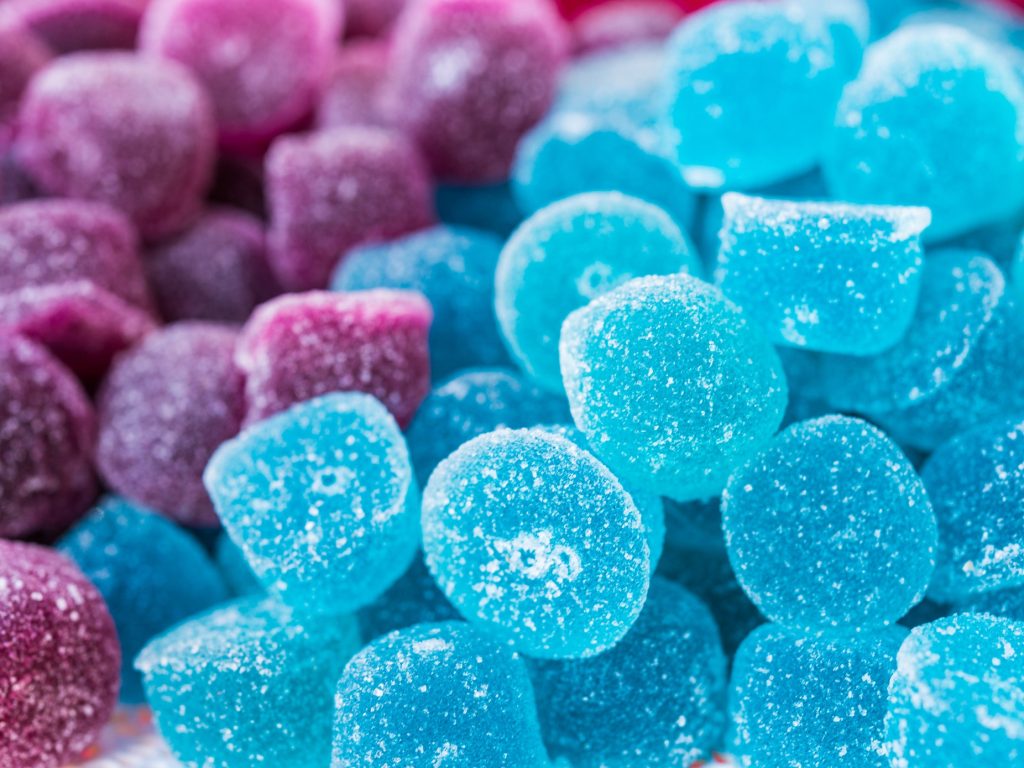Keep Your Child’s Health On Track With Daily Gummy Fun
In today’s fast-paced world, ensuring your child gets the right nutrients every day can be a challenge. Between picky eating habits, busy school schedules, and extracurricular activities, it is easy to overlook the essentials. Fortunately, there is a fun and tasty way to support your child’s wellness journey daily gummy vitamins. These colorful, chewable supplements have become a favorite for kids and parents alike, combining health benefits with a candy-like appeal. But beyond the fun factor, they offer real value for growing children.
Why Daily Gummies Work Wonders
Gummy vitamins are more than just a sweet treat. They are carefully formulated to deliver essential vitamins and minerals that children need for growth, energy, and immunity. From supporting brain development to helping strengthen bones, these kids halal multivitamins in USA gummies play a significant role in a child’s daily health routine.
Key Benefits of Daily Gummy Vitamins:
- Immune Support: Packed with Vitamin C, D, and Zinc to help protect your child from seasonal bugs.
- Bone and Teeth Health: Includes calcium and Vitamin D to support strong bones and teeth.
- Cognitive Development: Often enriched with B-vitamins and omega-3 fatty acids for mental clarity and focus.
- Energy Boost: Helps fill nutritional gaps that may lead to fatigue or low energy.
- Healthy Skin and Eyes: Vitamins A and E promote skin clarity and eye health.

Perfect for Picky Eaters
Let’s face it getting kids to eat a balanced diet is easier said than done. Gummies provide a convenient safety net for parents who worry their child is not getting enough nutrition from food alone.
With flavors that rival candy, gummies make taking daily vitamins something kids actually look forward to. No more battles over bitter pills or chalky chewables just smiles and good health in every bite.
Making Gummies a Daily Habit
The best results come from consistency. Incorporating gummy vitamins into your child’s morning routine sets the tone for a healthy day. Place them on the breakfast table or include them in a lunchbox to help build the habit.
Tips for Success:
- Keep the bottle in a visible spot as a reminder.
- Make it a family activity take your vitamins together
- Praise your child for being health-conscious.
- Ensure proper dosage based on age recommendations.
A Simple Step Toward Lifelong Wellness
Starting healthy habits early in life can set the foundation for a vibrant future. Daily gummy vitamins offer a fun, tasty, and effective way to keep your child’s health on track. With their wide range of benefits and kid-friendly appeal, it is no surprise that more families are turning to gummies as part of their wellness routine.





